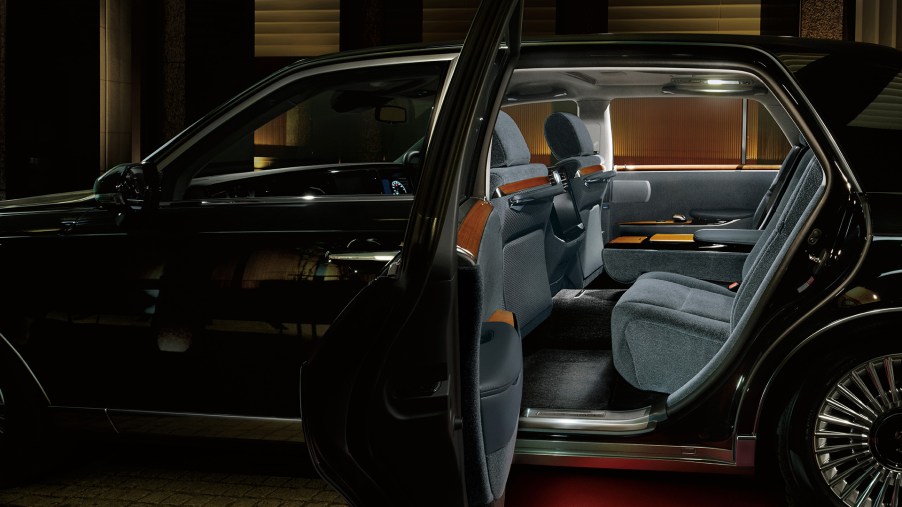
Each Country Has Its Own Idea of What a Luxury Car Should Be
Even though many formerly high-end features have joined the mainstream, there are some that buyers inexorably link to the idea of a luxury SUV or car. Leather upholstery, for example, or large amounts of wood and metal trim. And apart from a few brand-specific options, many luxury cars around the world have such things in common. But each brand has carved out its own way of selling luxury. And that’s based on where they’re from.
Local roads shape luxury car behavior
Worldwide luxury car differences are based on a variety of factors.
One of the biggest is one that also shapes overall car design: the roads people drive on. Countries often differ in their amounts of paved roads, the BBC reports, regardless of which continent they’re on. But even if two nations have a similar percentage of paved roads, they’re likely arranged differently.
It’s why smaller cars like the Honda e and Fiat 500 have struggled in the US, for instance. While Japan and the EU both have long stretches of paved highways, as the US does, Japanese and European streets tend to be narrower, especially in cities. They also tend to be curvier.
On the other hand, many Korean roads have American-influenced construction, Road & Track reports. However, because Korea’s countryside is roughly 70% mountainous, its roads outside of places like Seoul more closely resemble European mountain passes, Automobile reports.
Why does this matter? Because different roads mean different driving styles and different priorities. Luxury vehicles designed for tight European roads and high-speed German autobahns, for example, have to prioritize high-speed stability and handling, R&T explains. In the US, though, the focus is more about comfortable cruising at lower speeds, Automobile and Roadshow report. And that’s fine because our roads tend to be straight, and we have to sit in traffic.
Culture plays a role, too
But, while local roads influence luxury car dynamics, their overall style derives from the local culture. Broadly speaking, Western and Eastern countries have different ideas about human-machine interface, which includes vehicle layout and design ethos, the Journal of Usability Studies reports.
A luxury car designed in, say, China, isn’t just evaluated on different roads than one in the US. It’s also built around a different luxury philosophy. Western car interiors, for instance, typically focus on the driver, Automotive IQ reports. In China, though, the focus is on the passengers. And in a truly high-end vehicle, a chauffeur, not the owner, is the one driving.
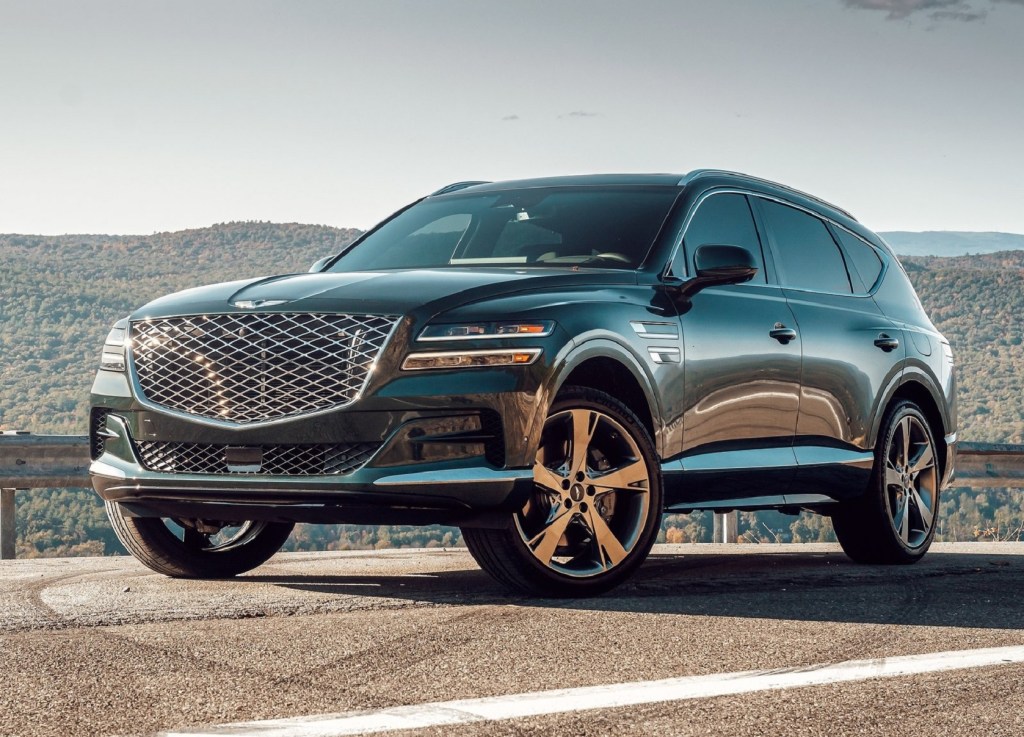
True, some luxury vehicles resemble others. For example, some call the Genesis GV80’s styling ‘Bentley-like.’ But digging beyond the appearance, you can tell the GV80 was designed with a different approach to luxury. Genesis takes pride in its Korean origins, and its designers use those sensibilities as inspiration, Car and Driver reports. And it’s the same with every other luxury car brand.
A look at Japanese luxury car design
Let’s start with Lexus and Toyota.
For the past few years, the Japanese automaker has been introducing more traditional Japanese craftsmanship into its products, Automobile reports. Japanese tea ceremonies, origami, and similar artistic pursuits influence these cars’ designs. The LS sedan, for example, offers optional hand-pleated cloth door trim that takes three days to fold.
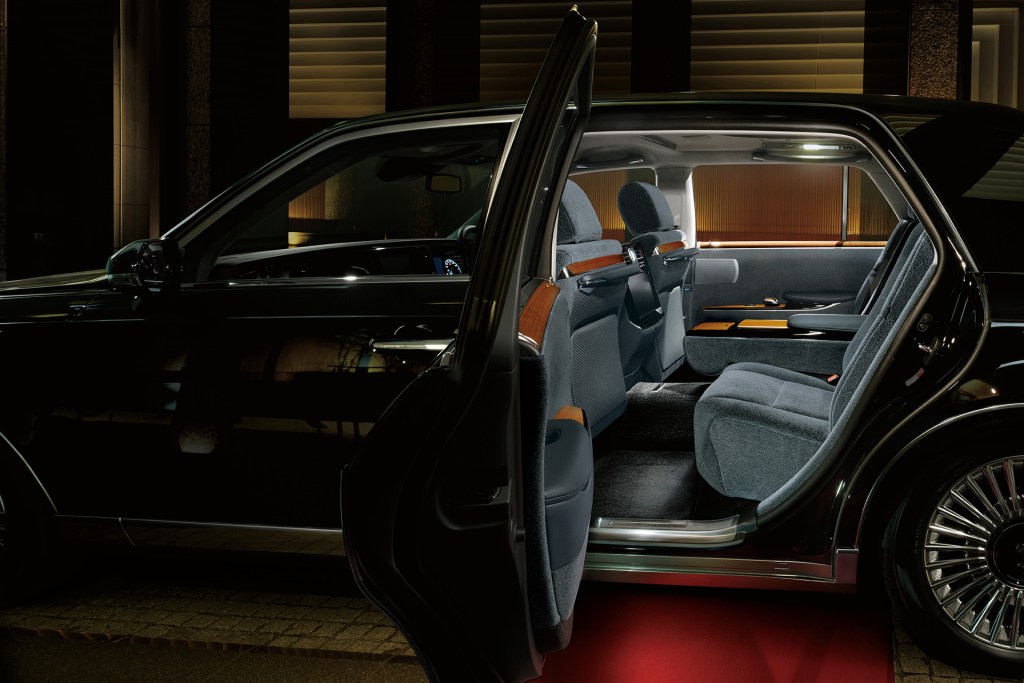
This approach also extends to the ultra-exclusive Toyota Century. Four takumi (‘artisans’ is a rough translation) use traditional lacquering techniques to hand-paint and wet-sand the sedan, Motor Trend reports. The materials—wood, wool, glass, and metal—aren’t necessarily different than those found in other luxury cars. But they’re shaped by an artisan who has mastered said material.
How other parts of the world approach it
That’s not at all to say that a Rolls-Royce or a Bentley is any less luxurious.
Rolls-Royce only uses one tree per car, so all the rings and whorls match up, MT reports. The British automaker also doesn’t use cows, but rather bulls, so there’s no chance of stretch marks. And the latest Phantom has an honest-to-goodness art gallery space that can be filled with either pre-existing pieces or a commissioned work from your favorite artist, Autoweek reports. Only here, rather than necessarily celebrating a specific artisan’s skill, it’s an overall celebration of material. That’s also why they’re so customizable.
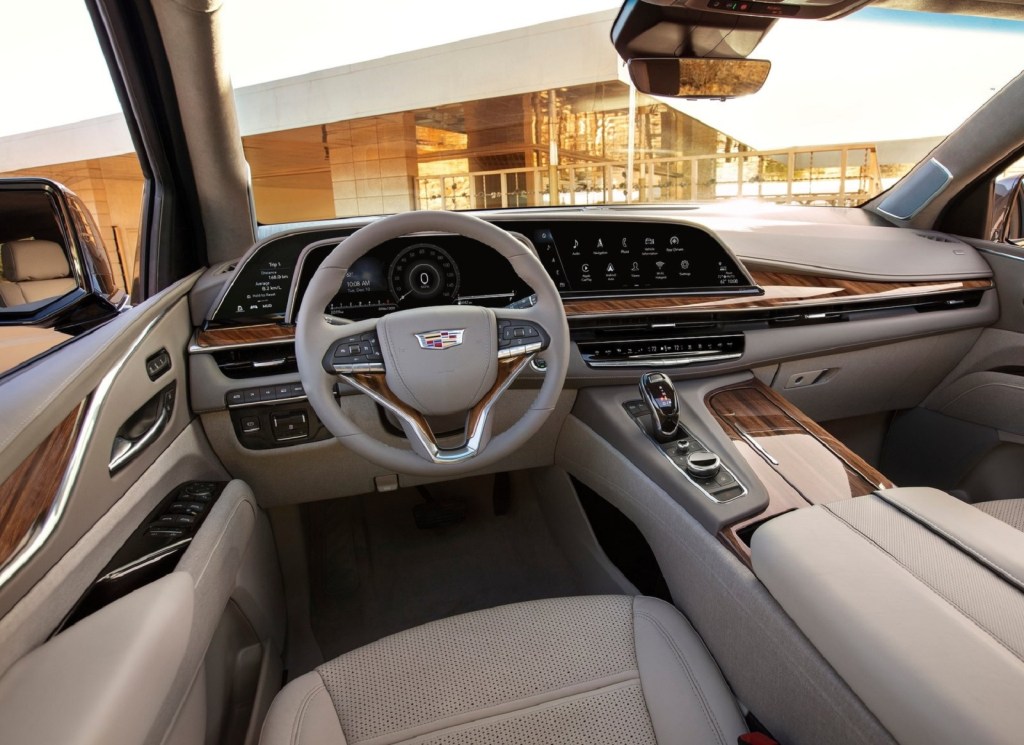
So, where does that leave American luxury cars from Cadillac and Lincoln? Customers tend to go for value, Autotrader reports. However, vehicles like the Escalade and the Navigator are celebrations of size, space, and technology. Take for example the 2021 Escalade’s cornucopia of screens, or the Packard Carribean’s suspension. American luxury vehicles tend to be more “flamboyant,” Automobile reports, a little more brash and bold. It’s about stylishly cruising the streets, not about pounding the pavement at high speed.
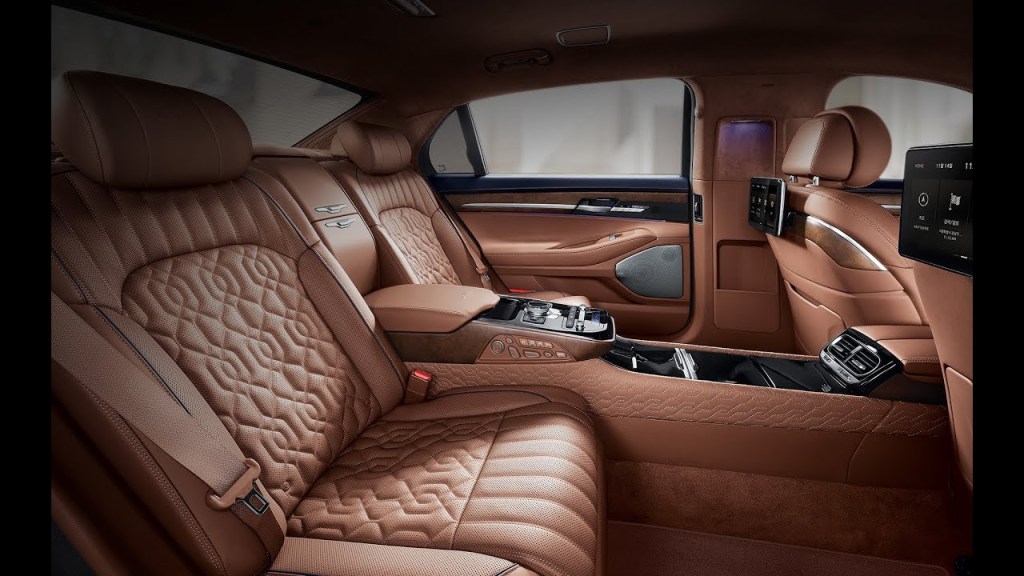
Finally, there’s Genesis, the luxury car brand from Korea. It used to try and imitate the Germans, R&T reports. However, it’s moved on and forged its own identity. One that centers around what Genesis calls “the beauty of white space.” It’s a focus on blending materials and design to try and create a homey, lounge-like interior. In some ways, the bold design resembles US tastes. But it’s also distinctly its own thing.
Sometimes luxury car definitions blur
These observations and approaches aren’t set in stone, though, nor are they rigid, hard-and-fast rules. Infiniti’s design ethos, for instance, is different than Lexus’ approach, even though they’re both Japanese brands, Automobile reports.
This goes into international waters, too. For example, as American pickup trucks have gotten more luxurious, European customers are starting to import them in growing numbers. That’s because the traditional European perspective towards pickups as working vehicles usually precludes luxury touches.
It’s a similar story with the growth of luxury crossovers and SUVs. The American perspective on size as a luxury hallmark still holds. But it’s also spread to other countries.
But it also flows the other way. Besides the Escalade, Cadillac also offers sedans designed more in the European mold. I.e., they’re sporty and sharp with high-speed handling in mind, Automobile reports.
In the end, though, none of this means that any specific part of the world has ‘mastered’ luxury car design more than another. It just means that the average buyer can better choose which viewpoint suits their tastes. Kind of like how some days you want a hamburger, while on other days you crave sushi. And with today’s fusion food trends, sometimes these two disparate dishes swap ingredients. It’s all a matter of personal preference and perspective.
Follow more updates from MotorBiscuit on our Facebook page.


